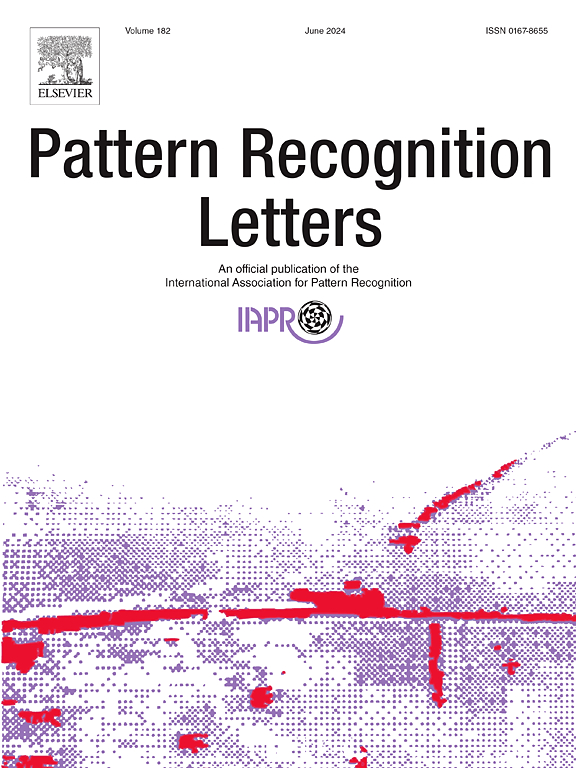DSC-GRUNet: A lightweight neural network model for multimodal gesture recognition based on depthwise separable convolutions and GRU
IF 3.9
3区 计算机科学
Q2 COMPUTER SCIENCE, ARTIFICIAL INTELLIGENCE
引用次数: 0
Abstract
With the advancement of human-computer interaction (HCI) technology, gesture recognition methods based on electromyography (EMG) signals have garnered widespread attention, particularly in fields such as rehabilitation medicine and smart prosthetics. However, traditional EMG-based gesture recognition methods face challenges, including insufficient accuracy and poor noise resistance when handling complex gestures and diverse scenarios. To address these challenges, this study proposes a lightweight gesture recognition network based on multimodal signal fusion, combining surface EMG and Acceleration (ACC) signals. The proposed model integrates Depthwise Separable Convolutions (DSC) and Gated Recursive Units (GRU) to achieve a lightweight design while maintaining recognition performance. Experimental results demonstrate that the proposed method achieves recognition accuracies of 92.03±3.28 % and 77.48±4.38 % on the NinaPro DB2 and DB5 datasets, respectively, outperforming other state-of-the-art methods in terms of efficiency and computational cost. Additionally, the fusion of multimodal data significantly enhances the recognition performance of dynamic gestures. This study provides new insights into the design of embedded, real-time gesture recognition systems and holds important practical implications.
求助全文
约1分钟内获得全文
求助全文
来源期刊

Pattern Recognition Letters
工程技术-计算机:人工智能
CiteScore
12.40
自引率
5.90%
发文量
287
审稿时长
9.1 months
期刊介绍:
Pattern Recognition Letters aims at rapid publication of concise articles of a broad interest in pattern recognition.
Subject areas include all the current fields of interest represented by the Technical Committees of the International Association of Pattern Recognition, and other developing themes involving learning and recognition.
 求助内容:
求助内容: 应助结果提醒方式:
应助结果提醒方式:


